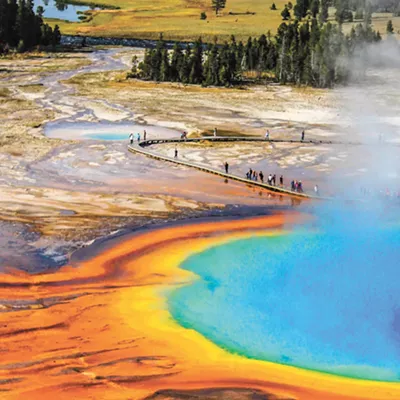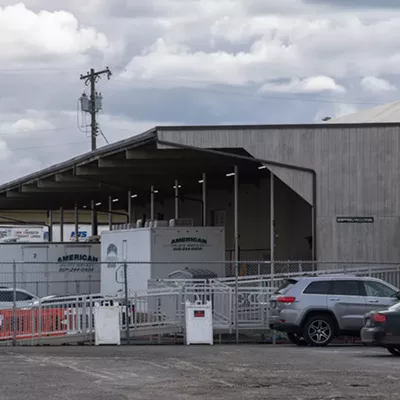That's why it was so surprising to get a press release from the state's highway department last week announcing improvements to U.S. Highway 95 north of Sandpoint because the stretch of road "is an important linkage habitat between the Cabinet-Yaak and Selkirk Mountains," and "this section of U.S. 95 is also dangerous for migrating wildlife."
Even though it took three tries to get the correct version of the press release out, it prompts a question: Is Idaho suddenly becoming a green state?
"This certainly comes out of left field," says Mark Sprengel, director of the Selkirk Conservation Alliance.
The truth is, the highway safety project near McArthur Lake has more to do with human safety than animal welfare, says Amy Schroeder, project manager for the Idaho Transportation Department.
The project -- and construction is years away, Schroeder cautions -- is designed to straighten and widen a segment of Highway 95 that wriggles through a narrow gap with the lake on the west and rail tracks on the east.
"The Selkirks and the Cabinet-Yaak are closest together at that exact point, and there is a high frequency of critters running through there," Schroeder says.
The bottleneck is posted with a cautionary speed limit of 45 miles per hour. Schroeder says it's not one of the worst stretches of Highway 95 for wrecks (ITD data shows about 30 in the last three years), but statistics show half the wrecks in this stretch involve cars hitting animals -- typically, large ungulates such as deer, elk and the occasional moose.
"We hope to improve the wildlife crossing, hopefully with a raised bridge," that would allow migrating animals to pass under the roadway, Schroeder says.
It's a move Sprengel applauds. "I think it's absolutely critical we have a means for animals to go back and forth between the Cabinets and the Selkirks," he says. "It's not only a threat to human safety, but we also run the risk of genetic isolation [of animal sub-populations]."
ITD is hosting an open house at Naples Elementary School north of Sandpoint on Monday, Jan. 30. The meeting is early in the process, Schroeder says, and is a chance for residents, commuters, grizzly bear fanatics -- what ITD calls "stakeholder groups" -- to toss out ideas on how the highway segment should be realigned.
A contractor will later assemble suggestions into a design concept document that would make the project ready for funding. Construction would start when a design is chosen and funds become available, Schroeder says.
The meeting is Monday, Jan. 30, between 4 pm and 7 pm at Naples Elementary School, on the corner of Trail Creek Road and Old U.S. 95.















